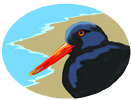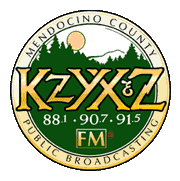The American Robin must be the first bird most people identify, Robin Red-breast with its gray back and the male's darker cap. Their song takes me back to childhood, reminding me of warm spring nights. Their Latin name is one of the few I remember, Turdus migratorius. What birders call "the Turd Bird." Migratorius is fitting as we see the large flocks on our lawns. Robins cock their head to look for the worm not listen. They also feed on insects, fruits, and berries. They were eaten themselves by people in the 1800's. Their numbers have increased as trees and lawns have expanded across the country. In spring, the large flocks break up and the males fight with each other, and their own reflections in windows and the shiny parts of automobiles.
The nest is an unkempt base of twigs and grass and the inside cup is lined with mud and fine grass that holds the baby-blue eggs. They usually have two broods a season. The male feeds the fledglings of the first brood while the female incubates the second clutch.
Robins served as Rachel Carson's canaries in her book Silent Spring, which made the connection between DDT and the death of our songbirds. Now they serve as the reminder of another of nature's great comebacks.
Photo Robert McCaw, Cornell


